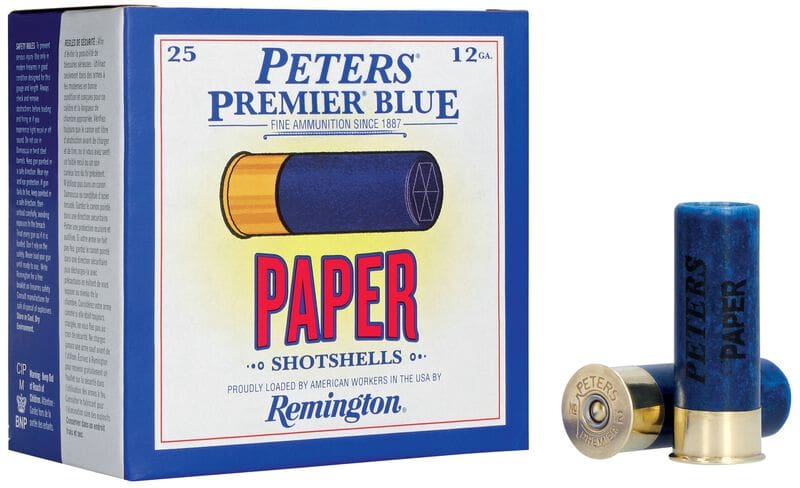Frances and I are heading to Zambeze Delta Safaris‘ Mozambique hunting concession in November. This concession, known as Coutada 11, is famous for the richness of its game animals; Sable, Reedbuck, Waterbuck, Nyala and many more species are present in incredible numbers. However, the one animal that Coutada 11 is probably best known for, is the Cape Buffalo. With over 25,000 animals, this area is known for huge herds that hang out mostly in the swampland associated with the Zambezi River.
I have written elsewhere that I’ll be carrying one of MG Arms’ Ultralight rifles chambered in .416 Taylor to use for Cape Buffalo (TTAG review). However, as I’ve been planning the trip, I also wondered about trying for a buffalo with a rifle given to me by my late Dad.
My Dad gave this rifle to me not long before he passed away. It was a custom gun built for him by Bill Hall in Abilene, Texas using a pre-war Mauser action.
My Dad’s statement, “This caliber will take anything on this continent, from whitetail deer to brown bear” has been born out by hunters and gun writers like Elmer Keith and Craig Boddington. Keith wrote in Keith’s Rifles for Large Game of using the .35 Whelen to kill a huge brown bear. Boddington related an episode in his American Hunting Rifles in which he knocked a bull moose completely off its feet with this ‘pussycat’ of a caliber.
My Dad’s rifle is actually chambered in a wildcat round — .35 Whelen Improved — which allows it to be loaded a bit hotter than the .35 Whelen. I have taken large and tough animals with this rifle (elk in Colorado and Idaho, and zebra in South Africa) using 250-grain Hornady Interlock and Nosler Partition.


There is no caliber minimum to hunt Cape Buffalo in Mozambique, but just because you can legally do something, doesn’t necessarily make it a good idea. So, I called the outfitter/owner/PH, Mark Haldane, and asked his advice on using my .35 caliber rifle.
He asked about muzzle velocity and power levels for the 250-grain bullet I normally use. When I told him what they were (about 2600 fps and just shy of 4000 ft-lbs), Mark came back with, “Brother, the .35 will be perfect for buff, with Swift A-Frames.”
I need to state that I have extensive experience with (and enormous confidence in) a wide array of Hornady and Nosler bullets and ammunition. I also recognize that there are numerous other premium bullets and ammunition on the market that are designed to work on all sorts of game animals.
I have never used Swift bullets for hunting. However, Haldane and his PHs at Zambezi Delta Safaris take more than 100 Cape Buffalo every year. If he tells me to use a certain bullet, I’m going to set my own ideas aside and take his advice.
Because it’s a wildcat, I reload for the .35 Whelen Improved.



My Dad purchased the .35 Whelen Improved rifle nearly 60 years ago. I like the fact that I reload for this rifle using his original RCBS dies.

I started my quest to follow Mark’s advice by contacting Bill Hober, President and CEO of Swift Bullet Company. Bill has actually hunted Cape Buffalo with Mark Haldane. When I related Mark’s requirement to Bill, I assume it made him smile. Regardless, he agreed to send me some of their .35-caliber, 250-grain A-Frames.

While waiting for the A-Frames to reach me, I dug into the reloading literature to see if I could come up with a different formula than I had been using with the Hornady and Nosler bullets. All of my research ended up confirming that the load my Dad had written down in a note to me when he gave me the rifle was still the most generally recommended: 54-grains of IMR 4064 behind a 250-grain bullet. So that’s what I used in my first series of loads with the newly-arrived Swift A-Frames.

Both from the bench . . .

…and the 4StableSticks’ ‘Sit Stick‘ fieldrest (to be used on the buffalo hunt in Mozambique), I was able to record a bit over MOA-size groups at 100 yards. That is normal performance for this rifle.

According to Haldane, I won’t be shooting further than 150 yards — and more likely around 100 yards — at one of their Cape Buffalo. That means, given no shooter error, I will be able to place Mark’s recommended bullet into an approximately one-inch circle nestled within a heart-lung area that’s much larger than one inch.

Now I just have to reload more A-Frames and practice, practice, practice.

Mike Arnold writes for a number of outlets; links to other articles can be found here.
All images courtesy the author.








